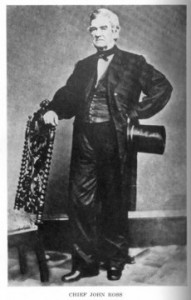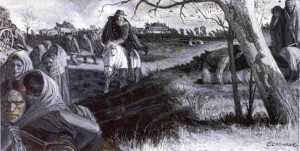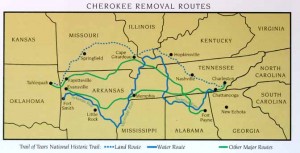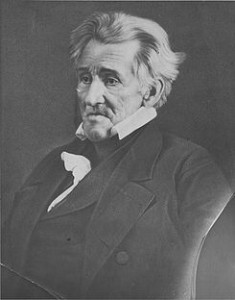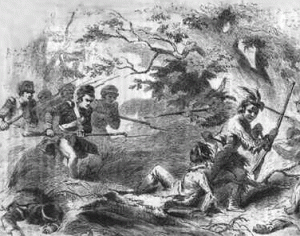In 1830, a year after he took office, President Andrew Jackson (see 7/8/10 post) pushed a piece of legislation called The Indian Removal Act through Congress. The Act authorized Jackson to grant unsettled land in the west to Indians living in the east.
In his message to Congress, Jackson said: “It gives me pleasure to announce to Congress that the benevolent policy of the Government, steadily pursued for nearly thirty years, in relation to the removal of the Indians beyond the white settlements is approaching to a happy consummation.”
Though a few tribes migrated peacefully, many did not want to leave their lands. Jackson’s “happy consummation” came to a head during the winter of 1838 – 1839 when 4,000 Cherokees died on a forced 1,000-mile march to Indian Territory called “The Trail of Tears.”
________________________________________________________
